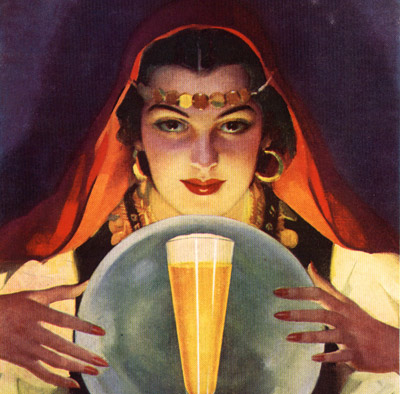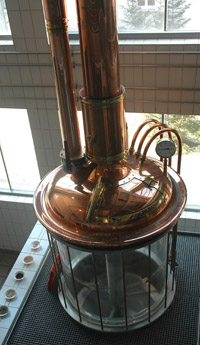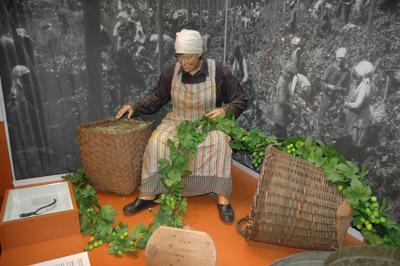Not everybody likes the “Will Blog for Beer” feature in the StatesmanJournal in Salem, Oregon.
The blogs author, Dan de Carbonel and Tim Akimoff, found themselves getting a little bit of heat this week. Here’s a letter their editors received:
“The promotion of the use of beer and wine, etc., by the newspaper is a disappointment. Please do discontinue the beer blog. These articles, in effect, encourage alcoholism. Note the media accounts of traffic accidents, drug abuse, etc., causing injuries, deaths and other problems to society (broken marriages, erratic driving of vehicles, thefts, robberies, etc.)”
All the responses are worth reading, but this is my favorite:
Who knows, mabye some of us might like beer.
Not too many of us like death, but they continue to run those dang obits.
Quick aside: Their blog does not have an rss feed and can be a little tricky to find. The easiest way to browse through the entries is to start with one – such at The Tao of Beer – and use the navigation on the lower right.

 – Check out a few museums in Bavaria, where it seems every other town has some sort of beer library. They all have room after room of artifacts, but the best bring those to life.
– Check out a few museums in Bavaria, where it seems every other town has some sort of beer library. They all have room after room of artifacts, but the best bring those to life.